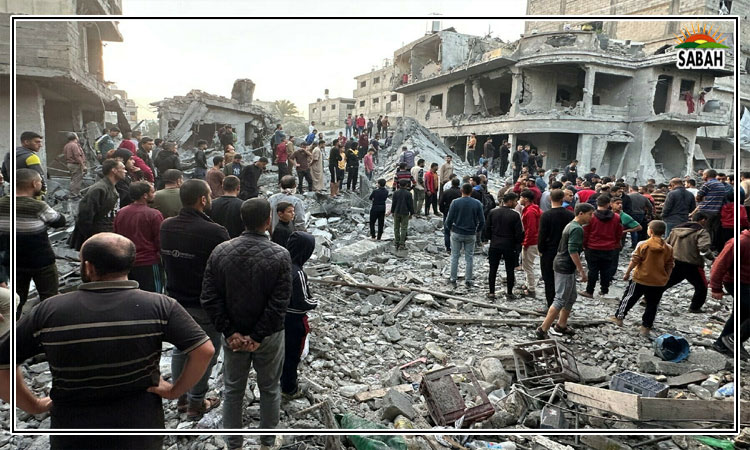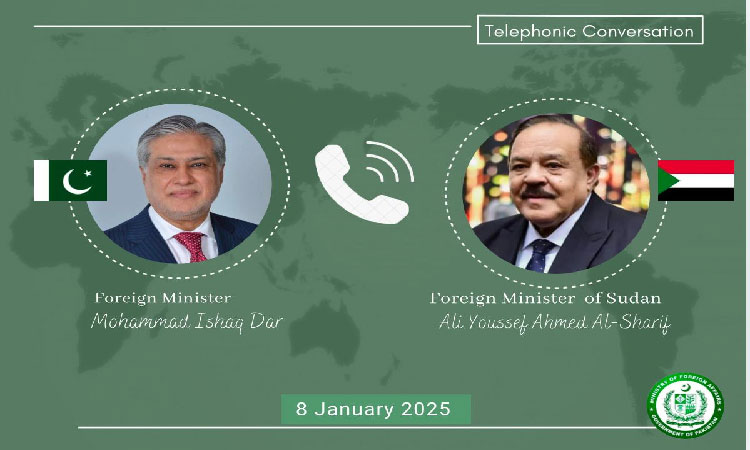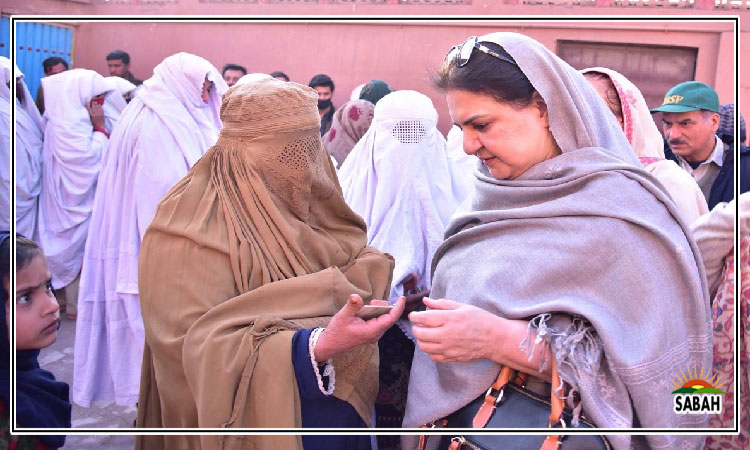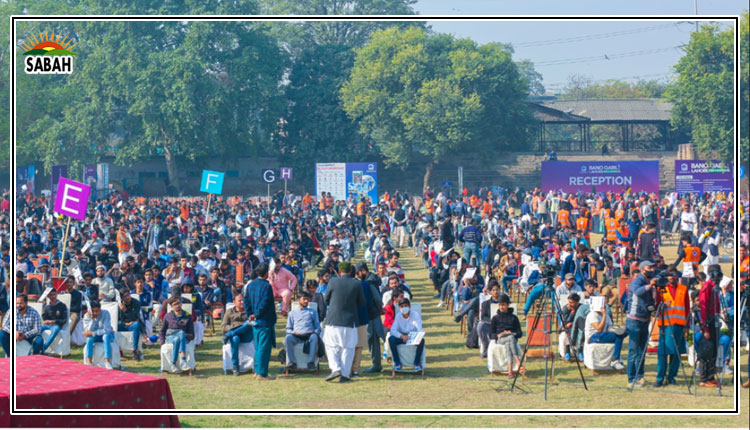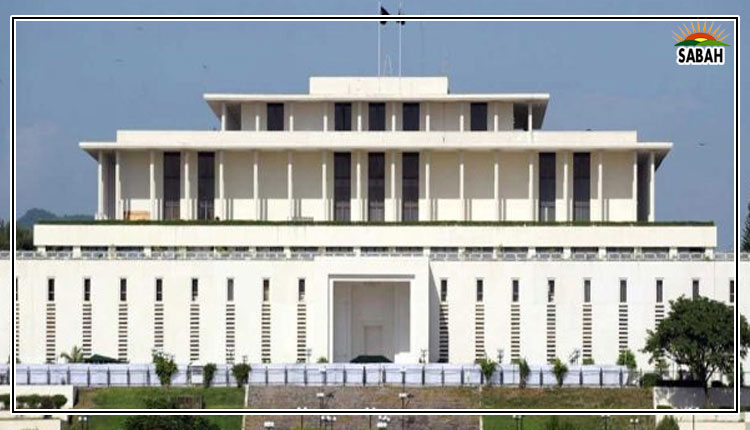Formidable Pakistan looking weak … Hassan Farooq Mirza
Two major issues are currently plaguing Pakistan: one on the internal front and the other at its frontiers. Even though they don’t seem to be connected, when taken together, they have grave consequences. Along with the Indian leadership’s provocative and aggressive rhetoric, the situation on the Afghan border is getting worse. Internally, there is political unrest, social discord, economic anarchy, and a lack of law and order.
The situation on the Pak-Afghan border as well as the developments within Afghanistan are both extremely unsettling. The nation’s security situation is getting worse. The intention and capability of the Afghan Taliban to rule are being questioned worldwide. Their government has been in power for more than 15 months, yet it is not recognised. This has also resulted in the lack of resources to address people’s needs, with the exception of modest humanitarian aid. Poor law and order situations thrive under deteriorating economic conditions.
Hunger, poverty, underdevelopment, a lack of access to quality education, and targeted racial and gender discrimination have all reached crisis proportions, contributing to a state of human insecurity. The international community is becoming increasingly concerned about issues like racial discrimination, women’s rights to education and employment, public executions, and public floggings, which bring to mind the Taliban’s prior regime. The legitimacy and efficiency of the justice system have also been issues for the United Nations. These changes, particularly those affecting women’s rights to education and freedom, are also being interpreted as the Taliban’s failure to uphold the agreements they made when they took control of the nation after the US withdrew.
The predicament on the Pakistan-Afghanistan border is getting worse and worse. It was a severe issue when border fencing was damaged or removed at places since it not only increases the likelihood of smuggling but also makes it easier for terrorists to get across borders. The rise in terrorist attacks against Pakistan’s law enforcement authorities is indicative of a border control system that is ineffective as a result of the broken or demolished fence.
When it comes to dealing with terrorist and extremist organisations, the Taliban government in Kabul is selective. While taking action against a handful, the Taliban continue to provide sanctuary to numerous extremist and terrorist organisations — Tehreek-i-Taliban Pakistan being one of them. As a result, there have been indications of increasing TTP activity in Pakistan recently along the Pakistan-Afghanistan border. The TTP’s termination of its ceasefire was followed by the assault on our embassy in Kabul. Attacks in September on the Russian embassy and a hotel where numerous Chinese executives were staying imply that those who pose a danger to US interests are targeted specifically. Unprovoked attacks are also increasing the frequency of skirmishes between Pakistani and Afghan soldiers — the most recent one in the Chaman region resulted in the deaths of seven Pakistanis.
The Western governments and media are developing a new narrative to emphasise women’s rights, girls’ education and harsh Islamic punishments despite accepting better peace and order situations. The international community is progressively turning against the Taliban’s extreme tactics and broken promises. Ned Price, the US State Department’s Spokesperson, just made another implication that the US would think about taking military action against terrorists in Afghanistan. All of these things point to the US eagerness to resume military operations in Afghanistan. One such instance is the drone attack that killed Ayman al-Zawahiri, the leader of al-Qaeda, in Kabul.
In spite of what the administration asserts, Pakistan’s economic condition is becoming more problematic every day. To put it mildly, all economic indices are depressing. Foreign exchange reserves are decreasing due to various restrictions on exports and money transfers overseas. According to the most recent data, the reserves may have dipped below $6 billion. It appears that the IMF is unwilling to engage in negotiations with the government. No friendly country is likely to offer any credit without IMF approval. The loan payments loom enormous with no obvious way out in such a hazardous circumstance.
Many people are losing their jobs as a result of the closing of manufacturing facilities and the slowing down of businesses. In recent months, 150,000 people have lost their jobs in the textile industry alone. According to a recent PIDE survey, as a result, people are becoming less optimistic about finding employment. According to the findings of the survey, 37 per cent of Pakistanis, who number about 900 million, would be eager to leave their country if given the chance due of its dire economic situation. Between the ages of 15 and 24, about 62% of young people fall into this category.
The government is unable to concentrate on governance as a result of the country’s ongoing political unpredictability. The rehabilitation of the flood victims who are now facing a harsh winter is not being done in any way that can be seen. Due to the government’s failure to maintain controls, traders now have the freedom to set their own pricing for basic goods, furthering public unhappiness.
The situation will once again place Pakistan in an undesirable position due to both internal problems and external dangers, such as the US need for Pakistan’s participation in military action within Afghanistan. Although joining the US against a neighbour will not be an easy choice, deteriorating ties between Pakistan and Afghanistan as well as dire economic circumstances may act as a catalyst. The leadership would need to take Pakistan’s long-term effects into account, keeping in mind our prior experience of aiding the US in the War on Terror.
Courtesy The Express Tribune, January 3rd, 2023.





